Two independent teams have searched for axions using x-ray observations of entire galaxies, setting some of the strictest constraints to date on the properties of these dark matter candidates.
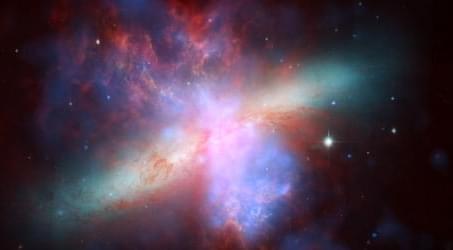

The quantum black hole with (almost) no equations by Professor Gerard ‘t Hooft.
How to reconcile Einstein’s theory of General Relativity with Quantum Mechanics is a notorious problem. Special relativity, on the other hand, was united completely with quantum mechanics when the Standard Model, including Higgs mechanism, was formulated as a relativistic quantum field theory.
Since Stephen Hawking shed new light on quantum mechanical effects in black holes, it was hoped that black holes may be used to obtain a more complete picture of Nature’s laws in that domain, but he arrived at claims that are difficult to use in this respect. Was he right? What happens with information sent into a black hole?
The discussion is not over; in this lecture it is shown that a mild conical singularity at the black hole horizon may be inevitable, while it doubles the temperature of quantum radiation emitted by a black hole, we illustrate the situation with only few equations.
About the Higgs Lecture.
The Faculty of Natural, Mathematical & Engineering Sciences is delighted to present the Annual Higgs Lecture. The inaugural Annual Higgs Lecture was delivered in December 2012 by its name bearer, Professor Peter Higgs, who returned to King’s after graduating in 1950 with a first-class honours degree in Physics, and who famously predicted the Higgs Boson particle.
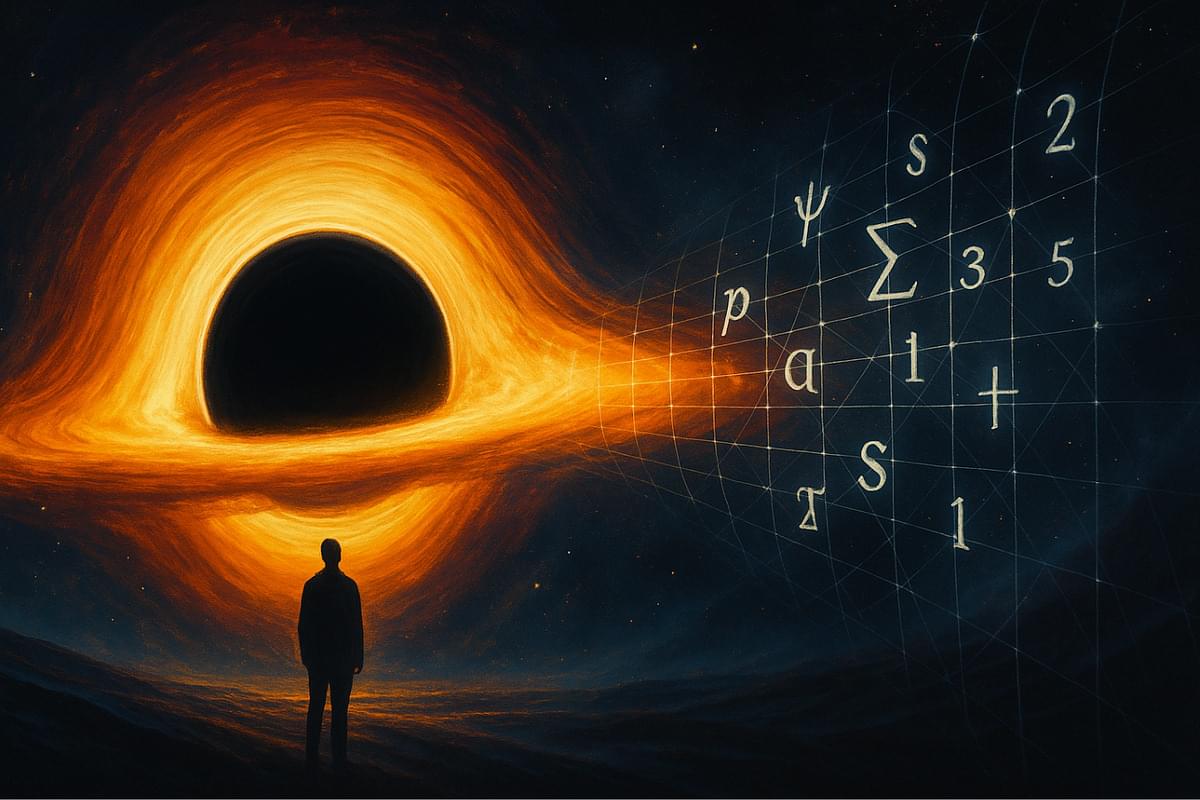
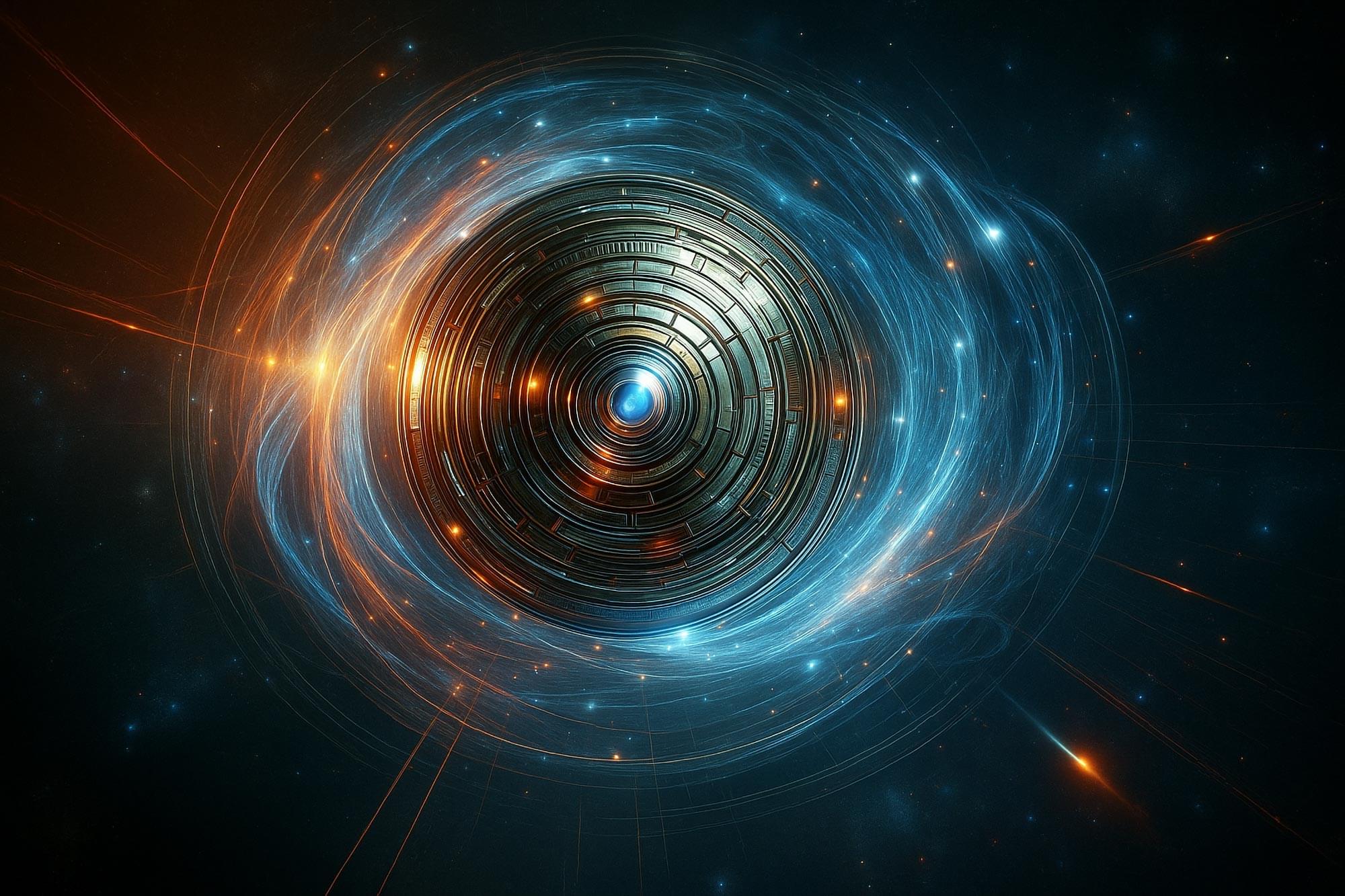
Scientists have made a groundbreaking leap in detecting dark energy by developing a magnetically levitated precision force system.
Their experiments vastly surpassed previous methods, reaching a new level of precision that opens up unexplored realms of dark energy research. The work was so impactful it earned a featured highlight in Nature Astronomy.
Breakthrough in Dark Energy Detection.
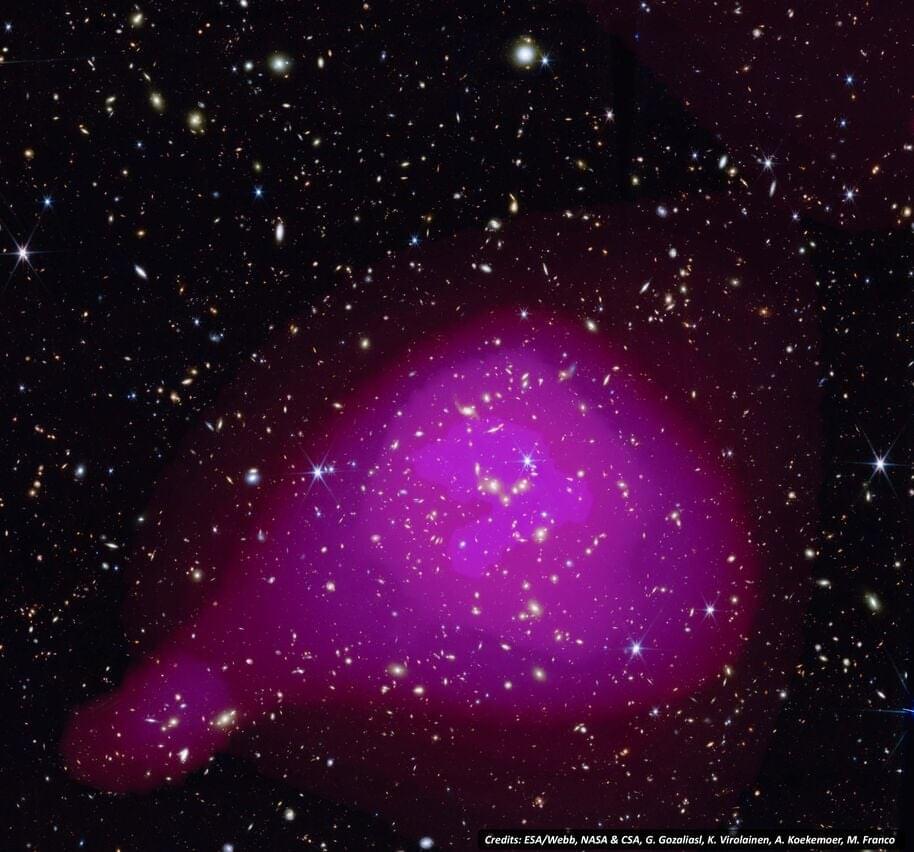
This extensive catalog spanning 11 billion years of cosmic history allows scientists to compare ancient galaxy structures with more recent ones, revealing evolutionary patterns in galaxy groups and their brightest central galaxies. The observations show a dramatic transformation: distant galaxies from the early universe appear irregular with active star formation, while those closer to our time have “quenched” star formation and developed more organised elliptical or spiral structures.
This groundbreaking JWST survey marks the beginning of a new era in understanding galactic evolution. With 1,700 galaxy groups identified across nearly the entire history of our universe, astronomers now have an unprecedented roadmap for further investigation. Future studies will explore the physics driving these transformations—from dark matter’s role in structural formation to how supermassive black holes influence their host galaxies. As researchers analyze this rich data, we can expect significant revisions to existing theories about galaxy formation and evolution.
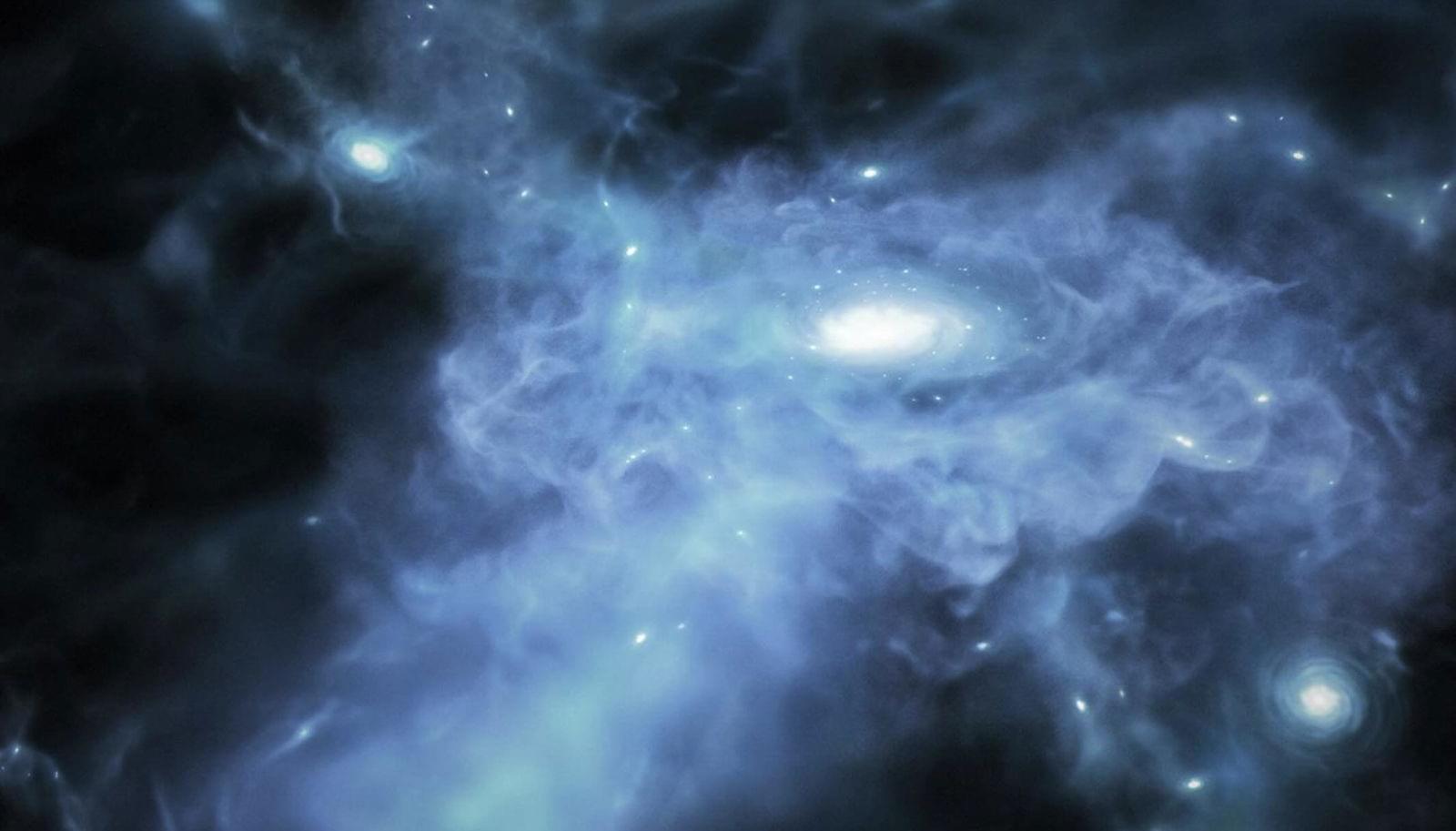
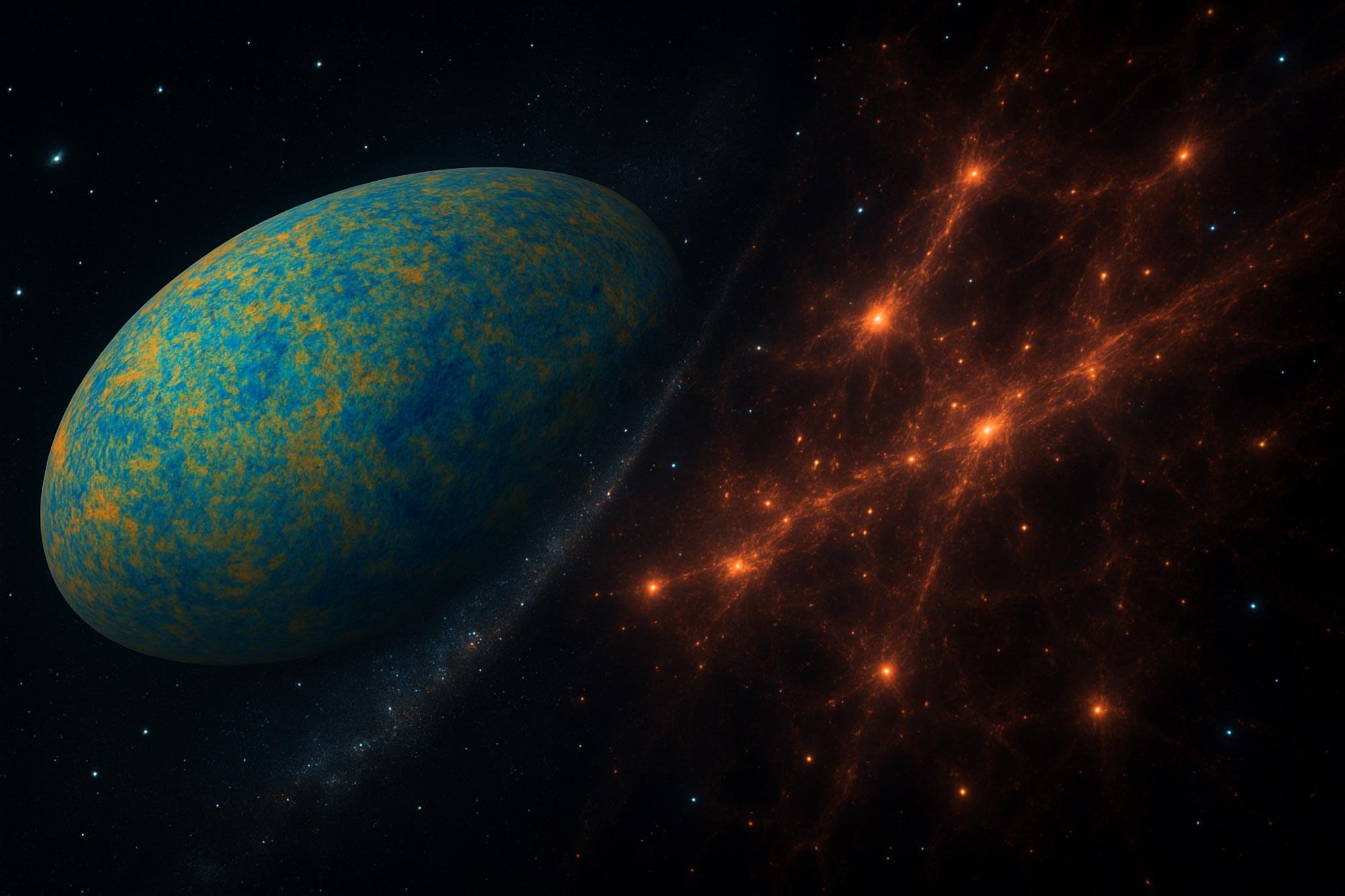
Over billions of years, the universe has transformed from a simpler state into an intricate cosmic web, but new research hints that the growth of cosmic structures may not have unfolded exactly as predicted.
Using data from the Atacama Cosmology Telescope and the Dark Energy Spectroscopic Instrument, scientists compared ancient cosmic light with the modern distribution of galaxies, essentially creating a multidimensional cosmic timeline. Their findings reveal a slight but intriguing discrepancy: matter appears to be a bit less “clumpy” today than early models anticipated. While not definitive enough to rewrite physics, this subtle irregularity opens exciting possibilities about the mysterious forces, like dark energy, that could be subtly reshaping the universe.
The Cosmic Dance of Matter.
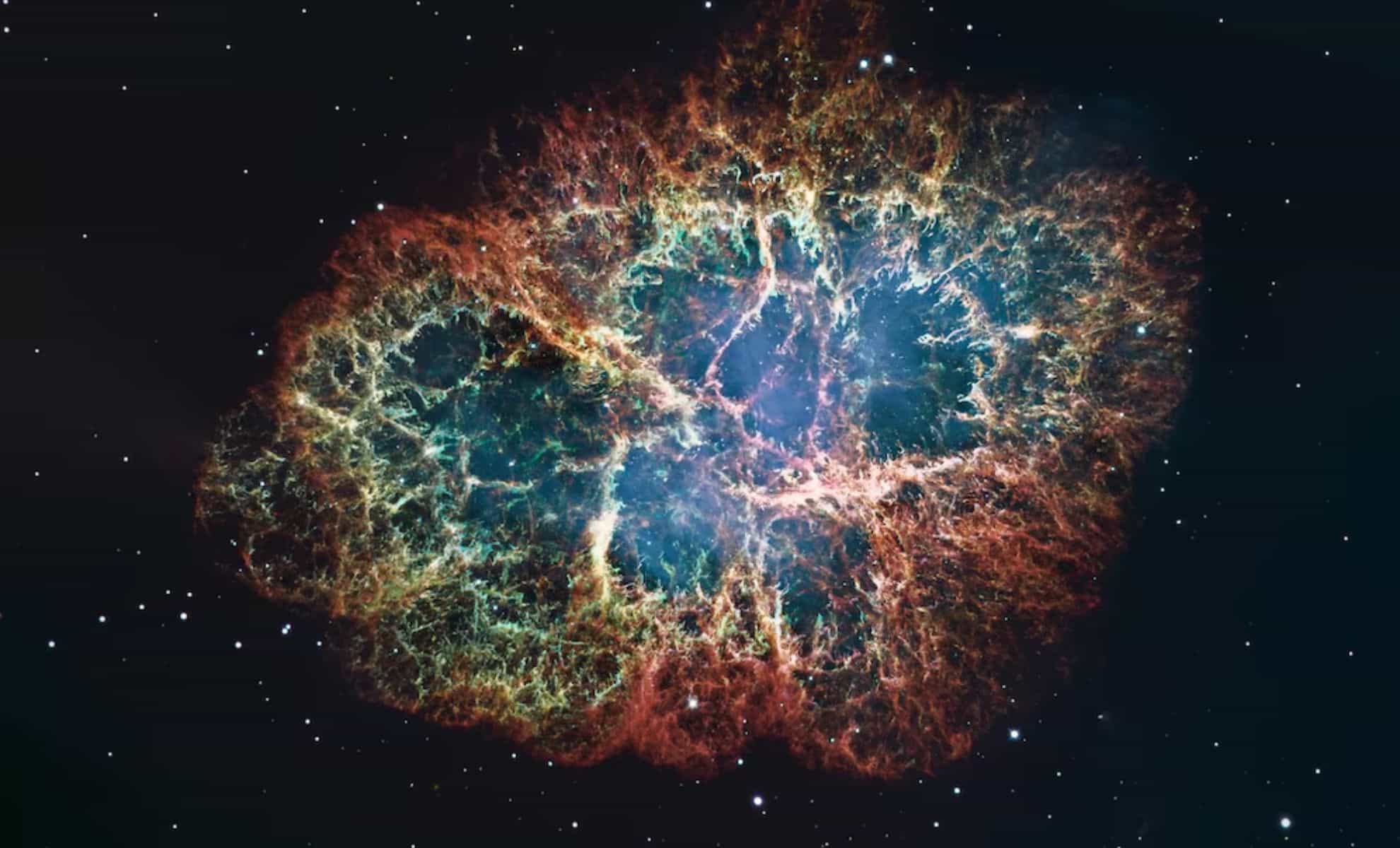
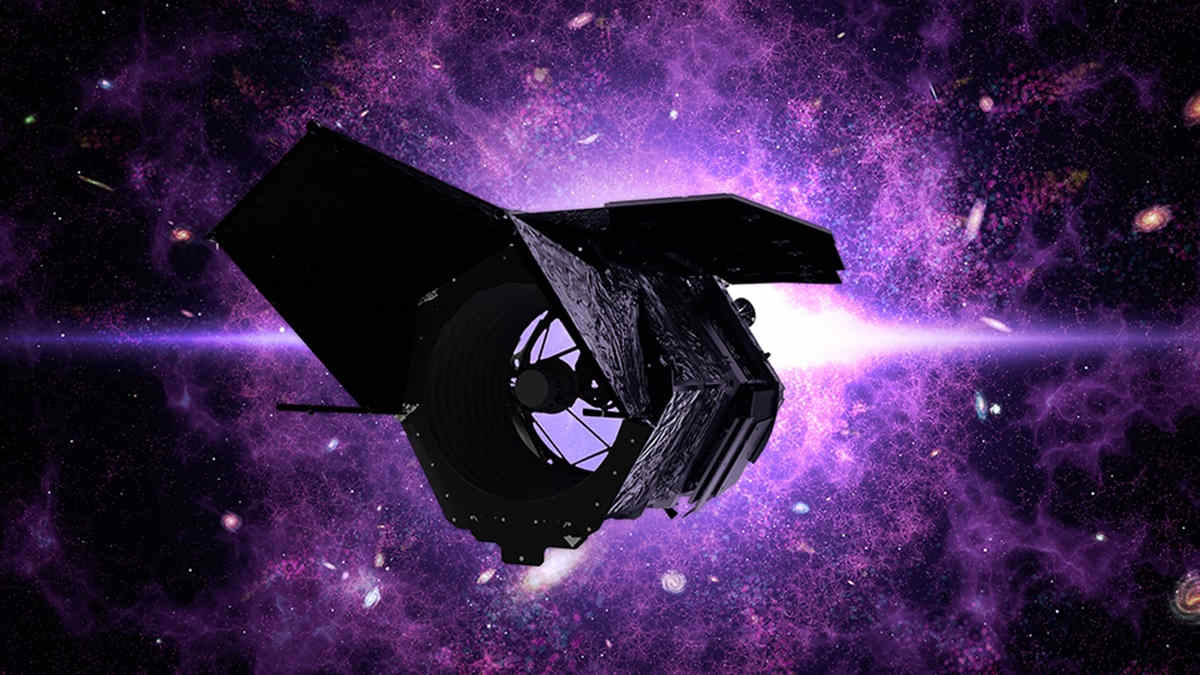
The NASA team behind the Nancy Grace Roman Space Telescope – due to launch in 2027 – have shared the designs for the mission’s 3 core surveys.
Roman will deepen understanding into the mysteries of astrophysics and the universe.
“Roman’s setting out to do wide, deep surveys of the universe in a way that will help us answer questions about how dark energy and dark matter govern cosmic evolution, and the demographics of worlds beyond our solar system,” says Gail Zasowski, an associate professor at the University of Utah, US, and co-chair of the Roman Observations Time Allocation Committee (ROTAC).
Physicists have built the first-ever lab model of a black hole bomb, a decades-old theory where spinning energy amplifies until it explodes.